Neoprene vs Rubber: Which Material is More Heat Resistant?
Explore the heat resistance of neoprene versus rubber with Funas. This insightful comparison highlights the advantages of each material, helping you make informed decisions for your industrial needs. Understand which provides superior performance under high temperatures, ensuring safety and efficiency. Dive into our expert analysis and discover why choosing the right material matters. Learn more with Funas.
- Importance of Heat Resistance in Materials
- What is Neoprene?
- What is Rubber?
- Types of Rubber with Heat Resistance
- Comparing Heat Resistance: Neoprene vs Rubber
- Heat Resistance in Neoprene
- Heat Resistance in Rubber
- Factors that affect heat resistance in neoprene and rubber
- Which Material is Best for High-Temperature Applications?
- Neoprene vs Rubber: Durability, Flexibility, and Cost
- Conclusion
Importance of Heat Resistance in Materials

One of the most important criteria when choosing materials for industrial or commercial use is heat resistance. Heat-resistant insulation materials used in products guarantee durability and effectiveness of products, especially in areas of fluctuating temperatures. In automotive, construction, or electronic industries, the decision between heat-resistant materials can greatly affect the performance and safety of the product.
Heat resistance is especially crucial for the materials that are applied to seals, gaskets, and insulation. These materials have to be able to withstand stress and temperature changes without degrading. Neoprene and rubber are the two most frequently used materials in such applications, but their heat resistance is different. Knowledge of these differences enables industries to decide which material to use depending on the required temperature and the application.
What is Neoprene?
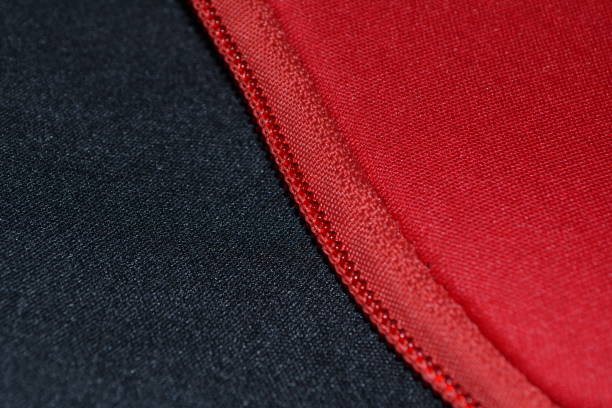
Neoprene is a type of synthetic rubber that has a high heat resistance quality, among other qualities. It is produced from the polymerization of chloroprene, and it has a variable set of physical characteristics. Neoprene is widely used in areas where the material must be highly resistant to wear and tear and environmental conditions such as temperature. It is also chemically stable and does not degrade easily when exposed to heat, ozone, and chemicals.
Because of its versatility and heat stability, Neoprene is applied in many industries. It is commonly used in wetsuits, hoses, gaskets, and protective coatings where heat is a frequent issue. Unlike some other materials, Neoprene can handle heat ranges of -40°F to 250°F (-40°C to 121°C), which is suitable for both high and low temperature use.
What is Rubber?
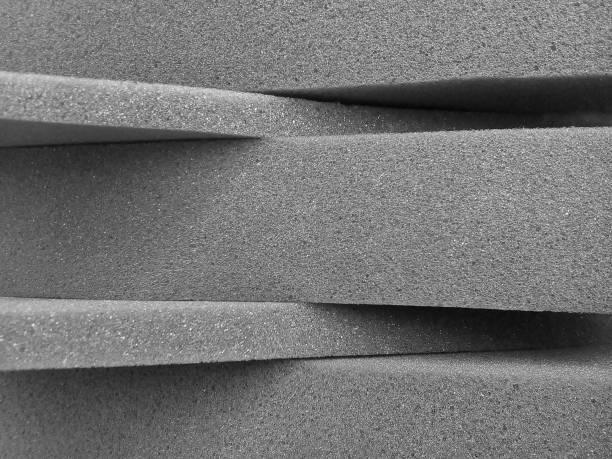
Rubber is a natural polymer that is harvested from the latex of rubber trees but can also be man-made from the polymerization of monomers derived from petroleum. Rubber can be classified into many categories depending on the properties that are appropriate for a certain use. In heat resistance, the type of rubber used determines the performance of the rubber under high temperatures.
Types of Rubber with Heat Resistance
- Natural Rubber: Known for its elasticity and durability but not highly heat-resistant, it generally performs well at temperatures up to 180°F (82°C).
- EPDM (Ethylene Propylene Diene Monomer): Excellent for heat resistance, handling temperatures up to 300°F (149°C).
- Silicone Rubber: Performs well at extremely high temperatures, often used in applications exceeding 400°F (204°C).
- Nitrile Rubber: Commonly used in seals, it can tolerate heat up to 250°F (121°C).
These variations in heat tolerance highlight the importance of choosing the right type of rubber for each application.
Comparing Heat Resistance: Neoprene vs Rubber
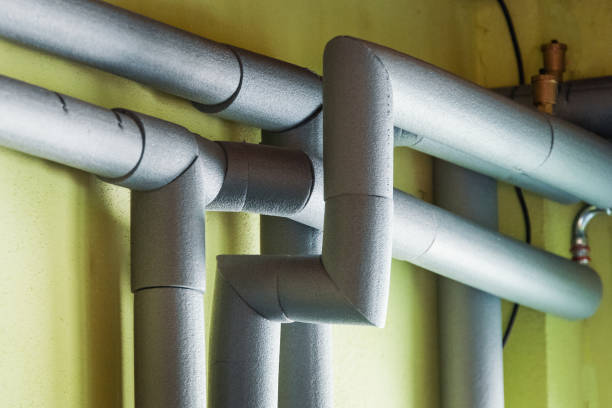
Heat Resistance in Neoprene
Heat resistance is one of the most important characteristics of Neoprene. It is highly resistant to heat and suitable for a variety of high-temperature applications; it can be used in a temperature range of -40°F to 250°F (-40°C to 121°C). For instance, in automobiles, Neoprene is applied for hoses and seals that are in contact with heat from the car engine. In the same way, it is used in industries as an insulator in equipment that is used in high temperature conditions.
Neoprene is also immune to oxidative degradation, thus making it to have good stability even when used in extreme conditions. This characteristic makes Neoprene have a long durability when used at high temperatures and therefore will be cheaper in the long run. Also, Neoprene is flexible, which means it can be able to perform its functions even when it is expanding and contracting due to changes in temperature.
Heat Resistance in Rubber
Heat resistance of rubber depends on the type of rubber used. Natural rubber has reasonable elasticity but has poor heat resistance; it starts to decompose at temperatures as low as 180°F (82°C). Still, synthetic rubbers such as EPDM and Silicone are much more heat-resistant. For example, EPDM is intended for use at temperatures of up to 300°F (149°C) and is used in automotive gaskets and electrical insulation.
Factors that affect heat resistance in neoprene and rubber
The heat resistance of Neoprene and rubber depends on various factors, as explained below. This is because the composition and additives that are used in the production of these heat-insulating materials at high temperatures are very important. Heat resistance is another feature of Neoprene because of the chloroprene monomers that do not degrade under heat. However, natural rubber does not contain such stabilizing components, and therefore, it is more vulnerable to degradation at high temperatures.
Furthermore, the processing techniques of the materials may also determine the level of heat resistance of the material. For example, Neoprene can be subjected to a curing process to improve its thermal stability while some types of rubber may require the use of some additives to increase heat resistance. This is why some rubber types, including EPDM and silicone rubber, have better high-temperature performance than natural rubber.
Which Material is Best for High-Temperature Applications?
The choice of the material for high-temperature applications is not only based on thermal stability but also on other factors such as mechanical properties, flexibility, and cost. Neoprene is a good all-rounder in heat resistance, chemical stability, and long life and is used in many industries. It is especially useful where moderate to high temperature levels are a regular feature of the working environment.
For more extreme heat conditions Silicone rubber may be more suitable as it can withstand temperatures far in excess of Neoprene. But Neoprene is still used in many mid-range temperature applications because it is readily available, affordable and performs well.
Neoprene vs Rubber: Durability, Flexibility, and Cost
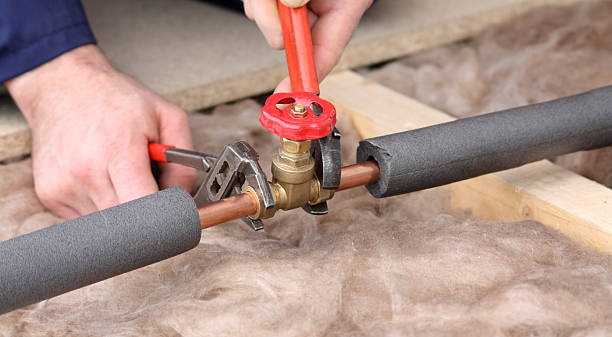
However, heat resistance is not the only difference between Neoprene and rubber, which are used interchangeably in some applications. It is clear that durability, flexibility, and cost are key factors in deciding which material is most suitable for a particular use.
Neoprene has a very good reputation for its durability in extreme conditions. It has good elasticity and can withstand both heat and cold, making it suitable for use in seals, gaskets, and other products that need to flex. On the other hand, flexibility and durability of rubber depend on the type used in the manufacturing of the product. Even though there are other synthetic rubbers such as EPDM and Silicone that have higher heat resistance than Neoprene, they are relatively expensive.
Conclusion
Therefore, rubber is the most suitable material for heat application due to its high performance in various temperatures. Although Neoprene has the advantage of flexibility and chemical resistance rubber, especially EPDM and Silicone rubber, have superior heat resistance, durability and performance at high temperatures. Its high temperature strength makes it the most suitable for essential industrial uses such as seals, gaskets and automotive components.
If you are thinking of high-quality, heat-resistant material, FUNAS is one of the top foam rubber manufacturers that is famous for manufacturing high-quality, flexible, and affordable rubber and foam supplies Contact FUNAS today to learn how rubber can address your business requirements!
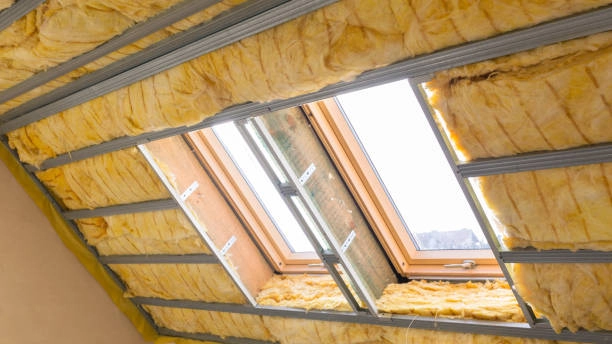
How to Insulate New Construction: A Comprehensive Guide
What is the best insulation forextreme temperatures? | FUNAS Guide
What is car heat insulation? | FUNAS Guide
What is Class 0 or Class 1insulation? | FUNAS Guide

Does Heat Insulation Work? The Ultimate Guide to FUNAS Insulation Solutions
FAQ
How to start a consultation?
You can contact us through our website, phone, or email. We will arrange a professional staff to discuss your needs about best thermal insulator and how we can help you.
Can your insulation products be customized?
Yes, we offer customized solutions for insulation material wholesale to meet the specifications of your project, including custom specifications, sizes, foils and adhesives, colors, etc.
What is the typical delivery time for custom orders?
Our daily production capacity is 800 cubic meters. Delivery time varies depending on the complexity of the insulation material wholesale order, but we can deliver large quantities of customized products within 4-6 weeks after the approval date, and small quantities can be delivered within 15 days.
service
Are your rubber foam products environmentally friendly?
Yes, our insulation products are designed with sustainability in mind. They help reduce energy consumption by minimizing heat loss and gain, and they are made from durable materials that have a long life cycle, reducing the need for frequent replacement.
Can I request custom dimensions or properties for my insulation needs?
Yes, we specialize in custom solutions. Whether you need specific dimensions, thicknesses, densities, or additional coatings, we can work with you to manufacture insulation products tailored to your exact requirements of good materials for heat insulation.
You might also like



This product has passed the national GB33372-2020 standard and GB18583-2008 standard. (The product is a yellow liquid.)
Anggu foam phenolic glue is a kind of glue with corrosion resistance, low odor, high strength and excellent brushing property. Can be sprayed for construction with fast surface drying speed, long bonding time, no chalking and convenient operation.

This product has passed the EU REACH non-toxic standard, ROHS non-toxic standard. (The product is black glue.)
Anggu 820glue is a low-odor, high-strength quick-drying glue; Fast drying speed, long bonding time, no powder, non-toxic.
Discover effective strategies for insulating new construction with our comprehensive guide by FUNAS. Learn key techniques and materials to enhance energy efficiency, reduce costs, and ensure comfort in your new building. Dive into expert insights on how to insulate new construction and make informed decisions that promote sustainability and durability. Elevate your construction projects with FUNAS.
Discover the future of energy efficiency with FUNAS's "Top Thermal Insulation Materials List for 2025." Our expertly curated list highlights innovative solutions perfect for your construction and renovation needs. Stay ahead of the curve with cutting-edge insulation technology designed for optimal thermal performance and sustainability. Trust FUNAS for advancements that redefine comfort and efficiency in every project.
Leave a message
Have any questions or concerns about our products? Please leave us a message here and our team will get back to you promptly.
Your queries, ideas, and collaboration opportunities are just a click away. Let’s start a conversation.


















































